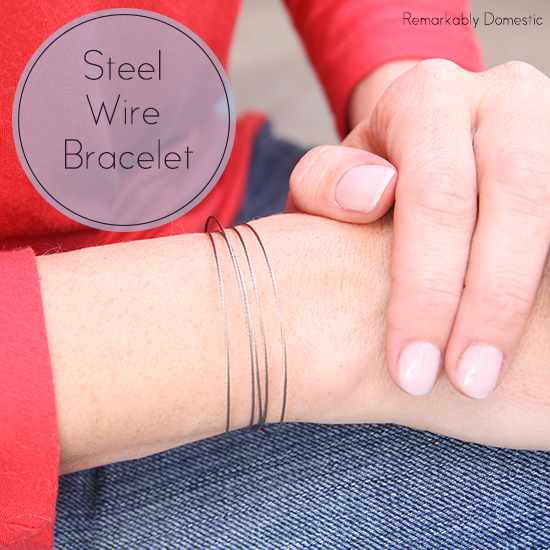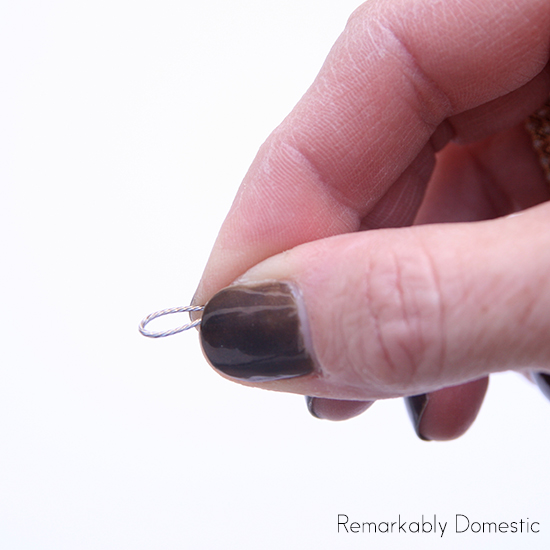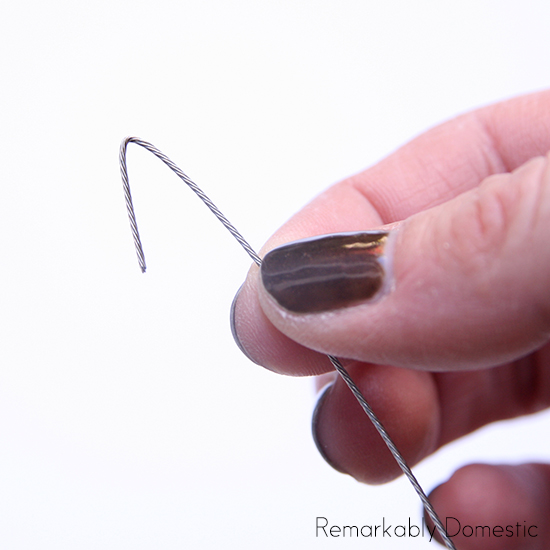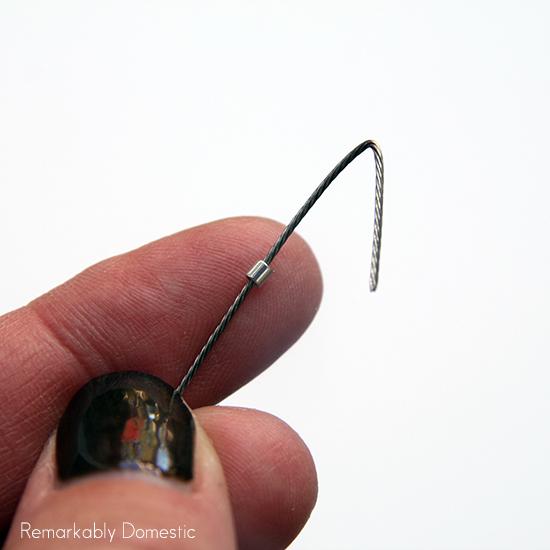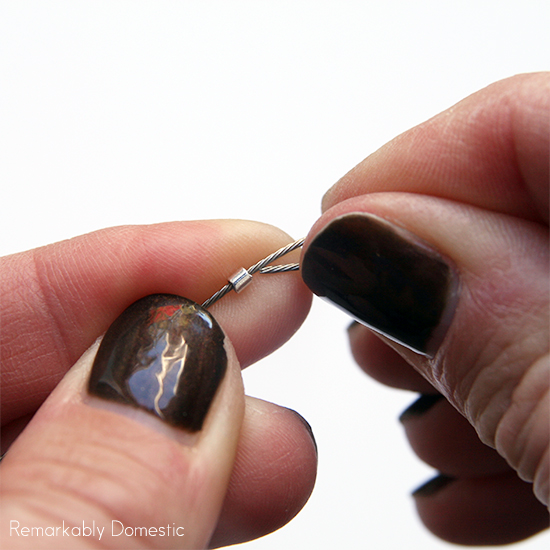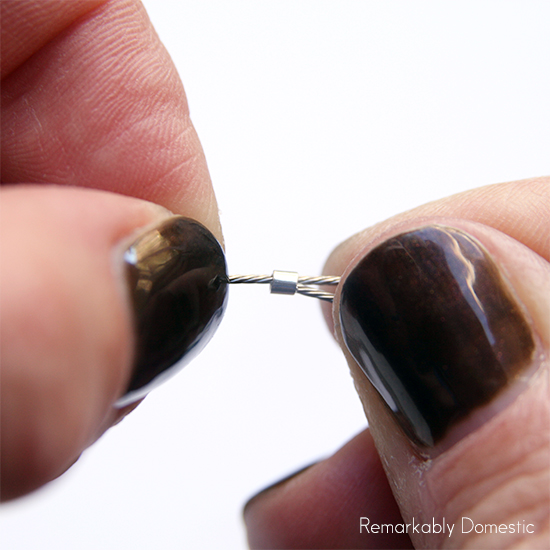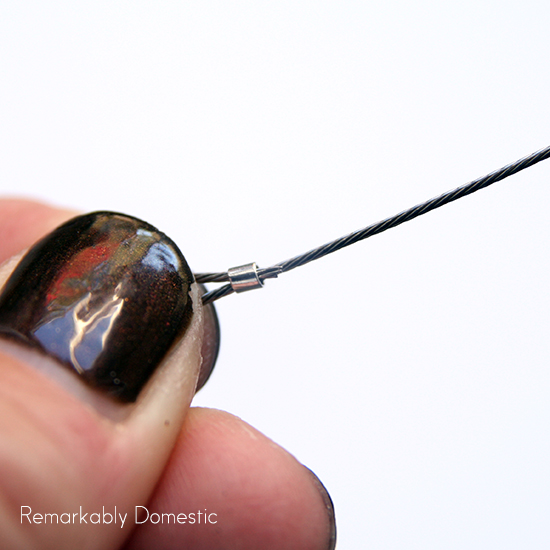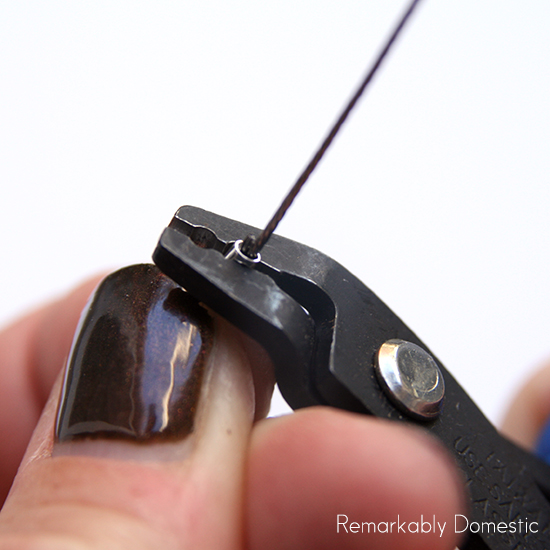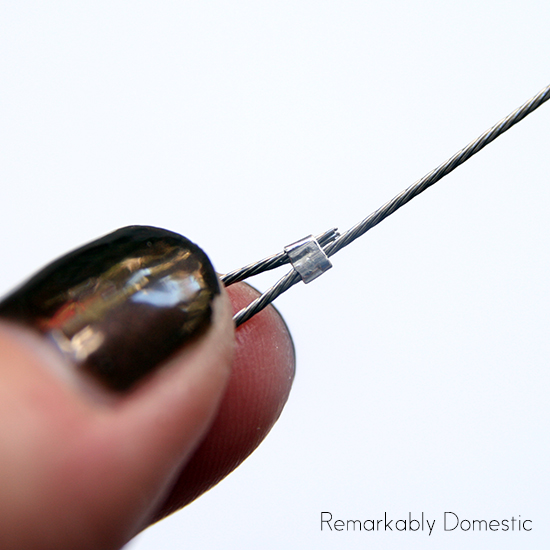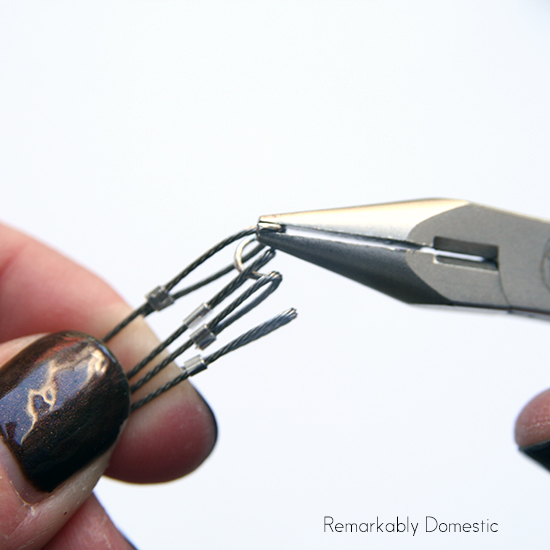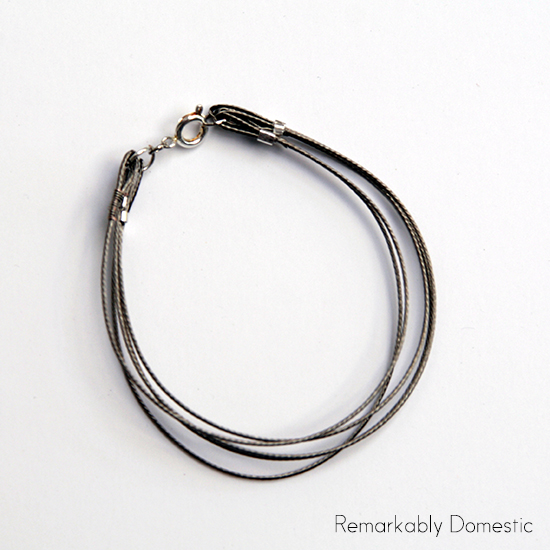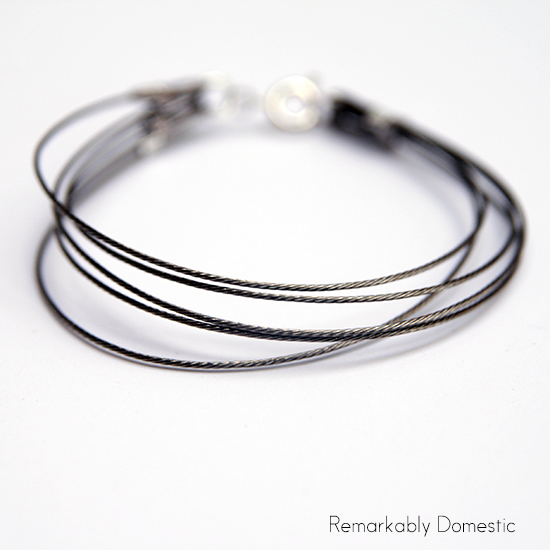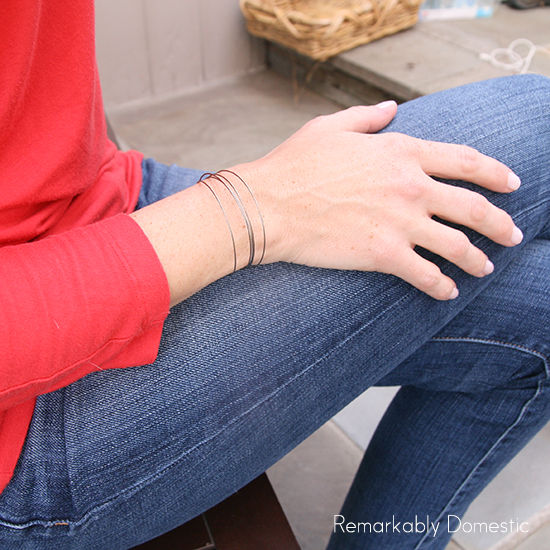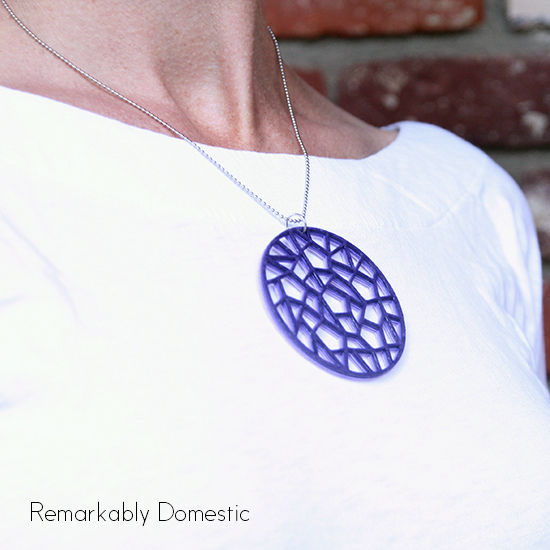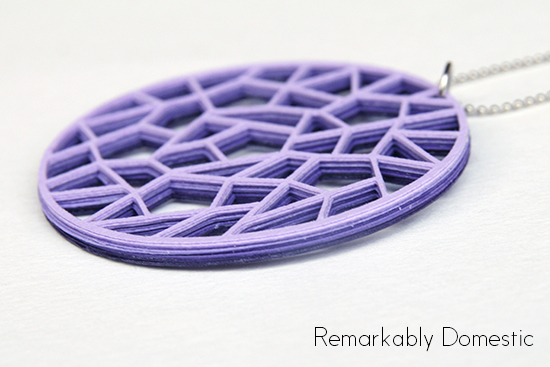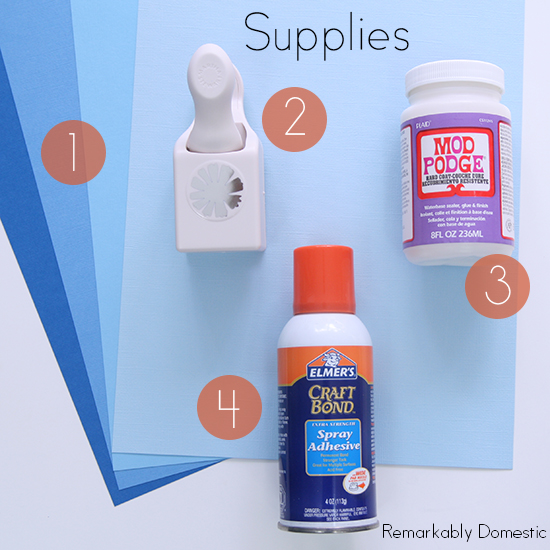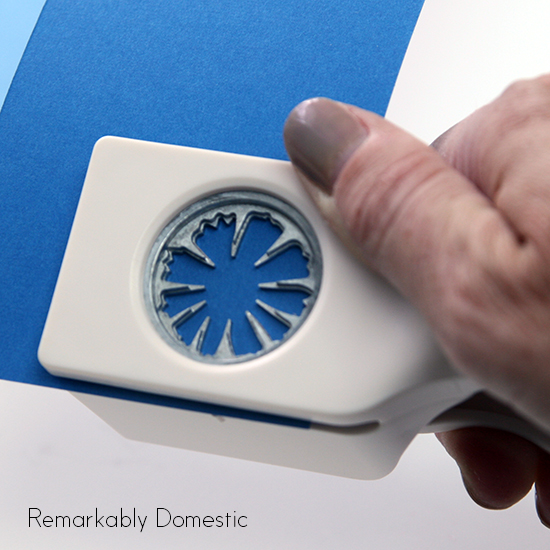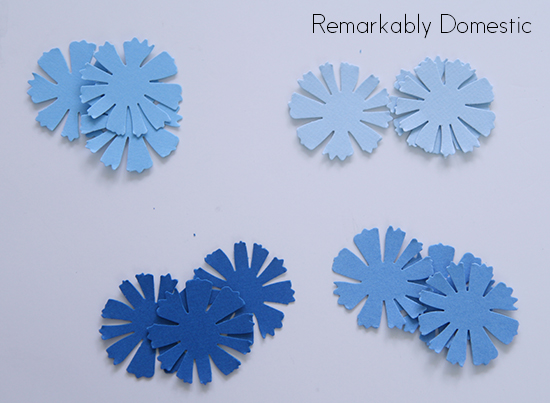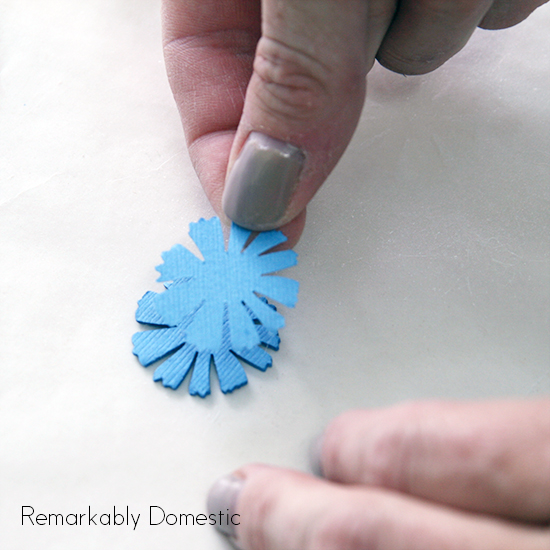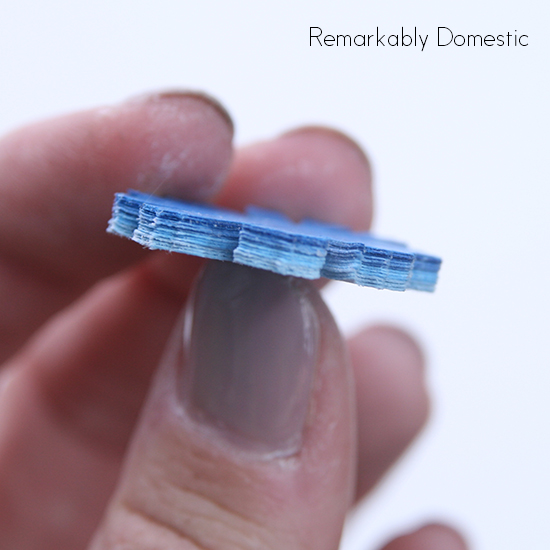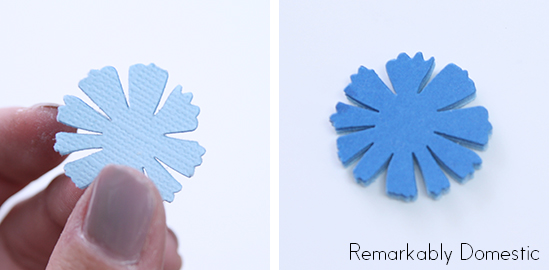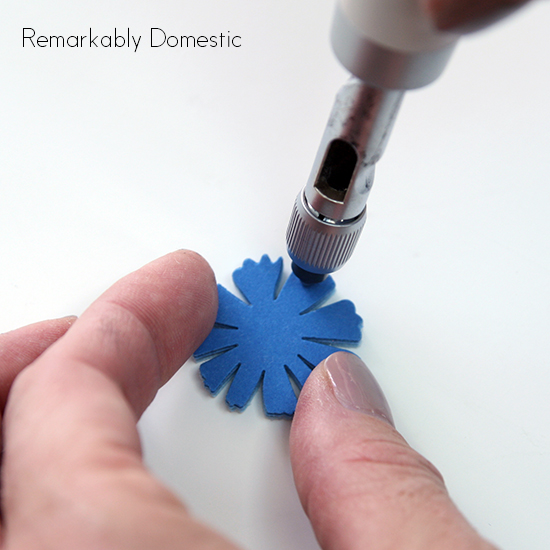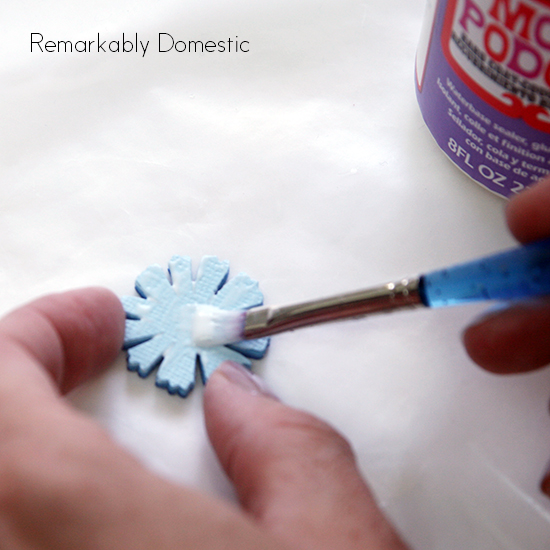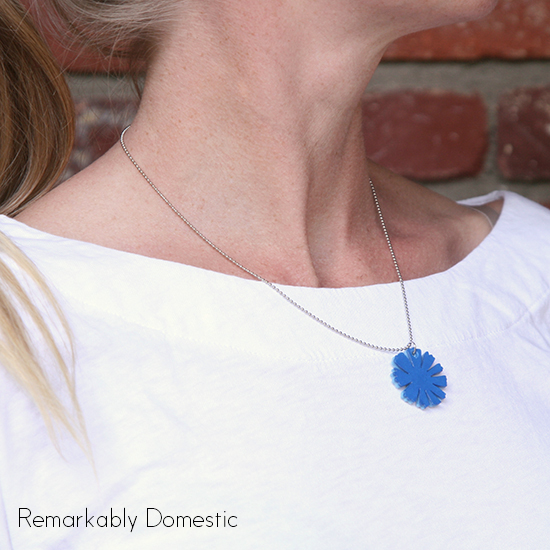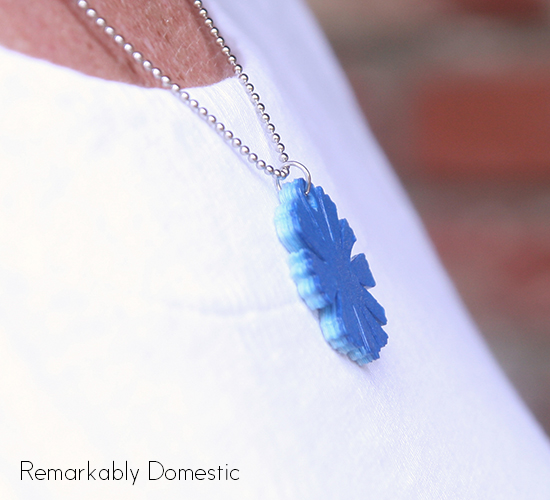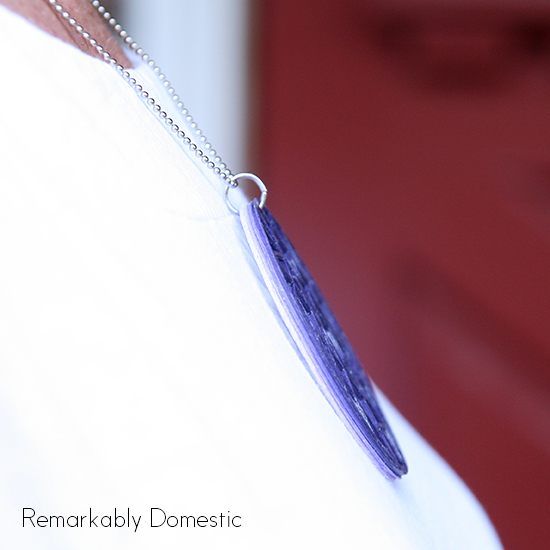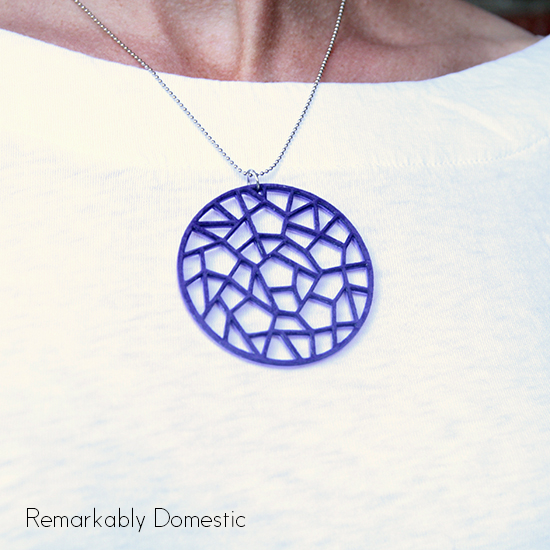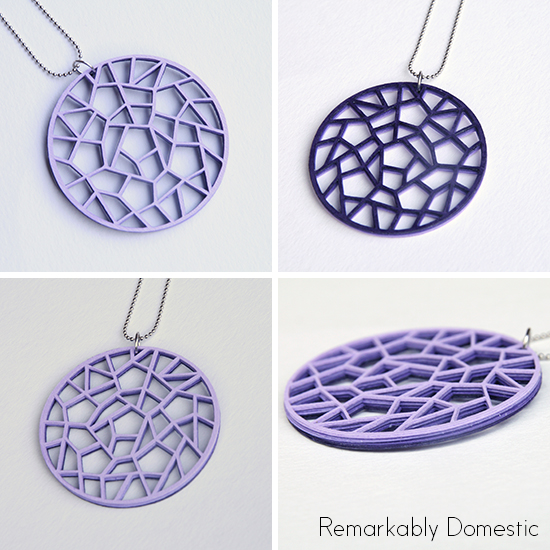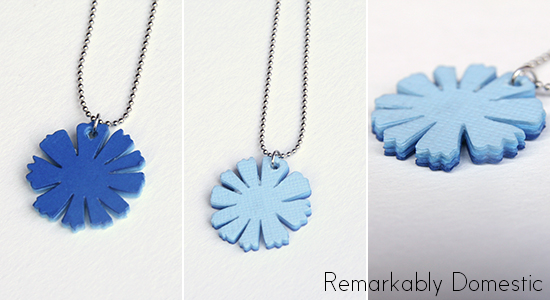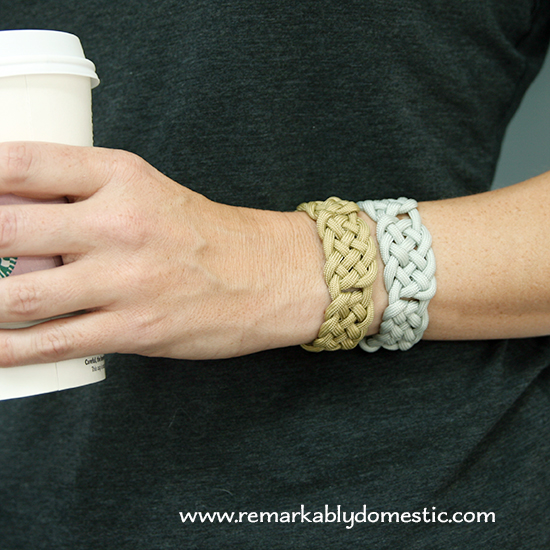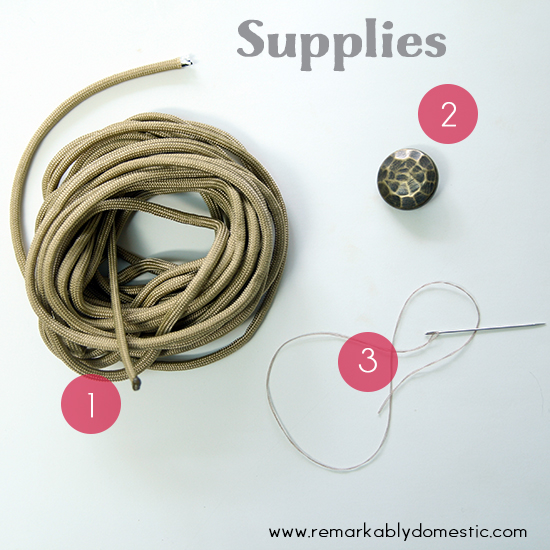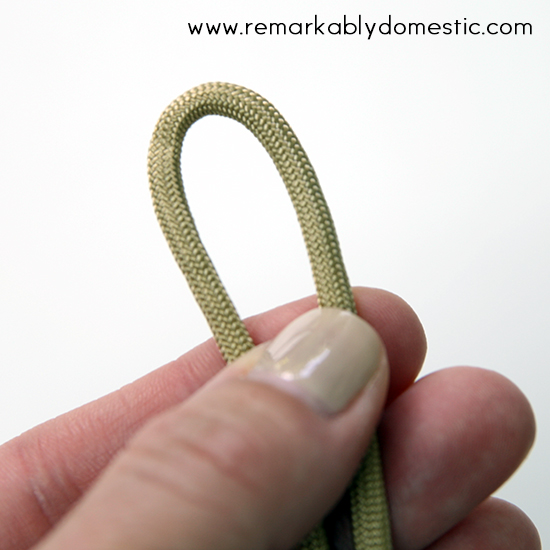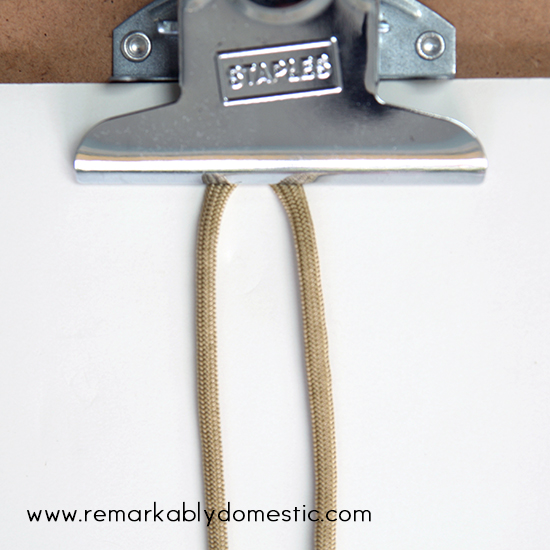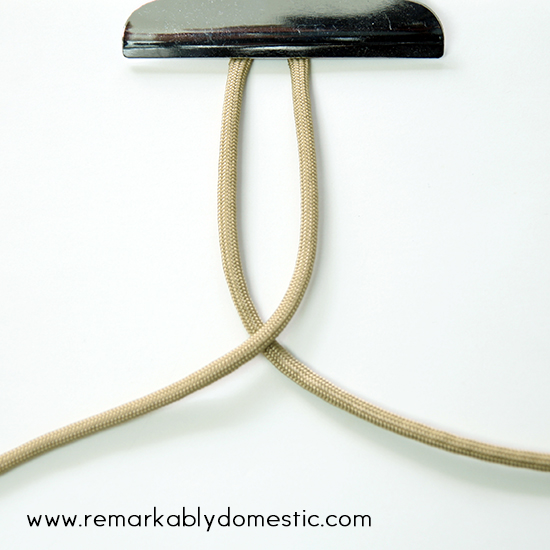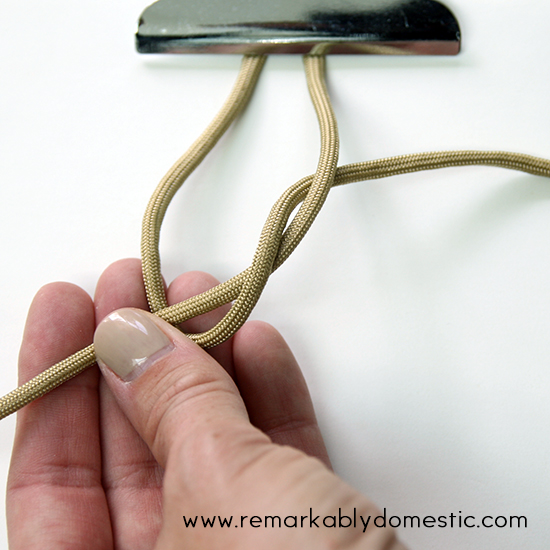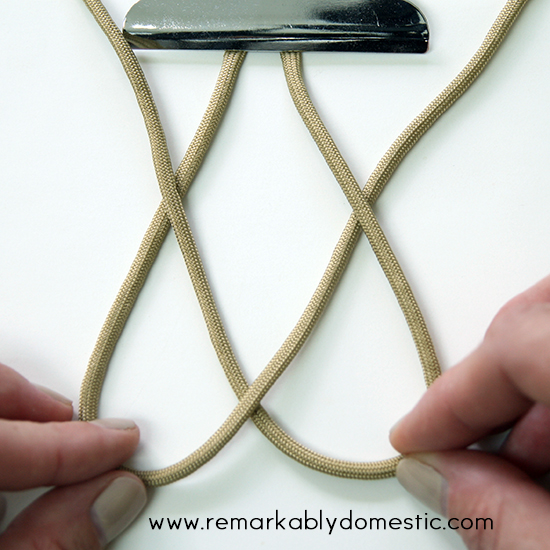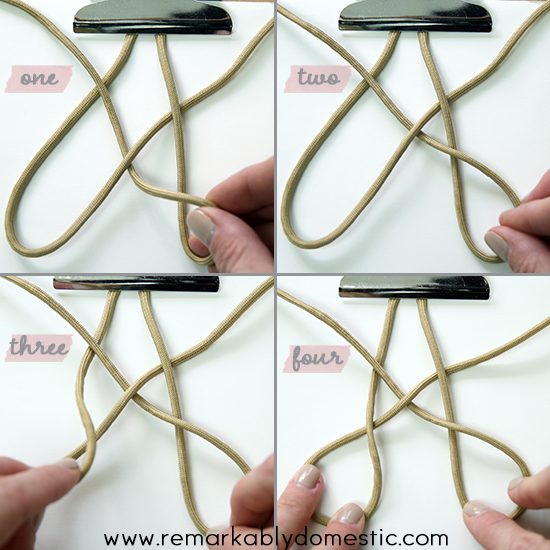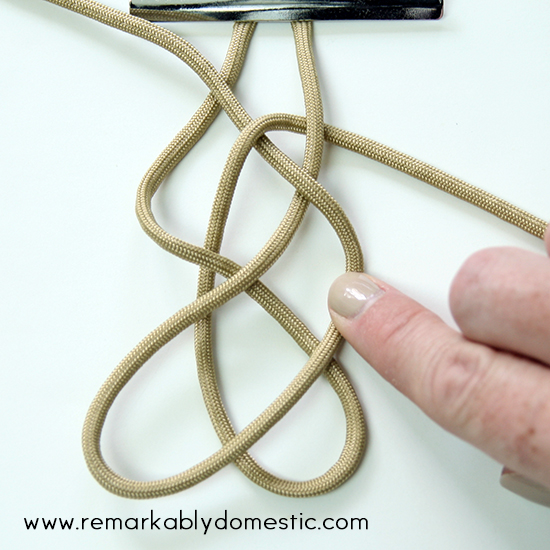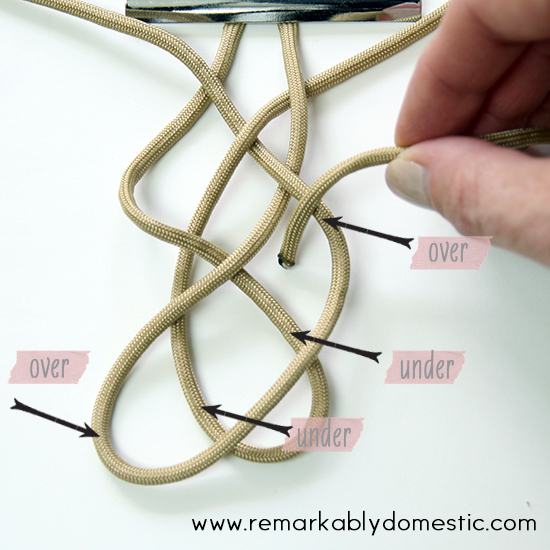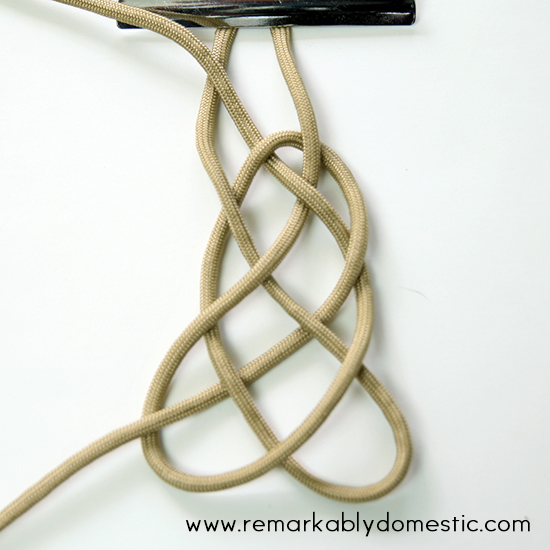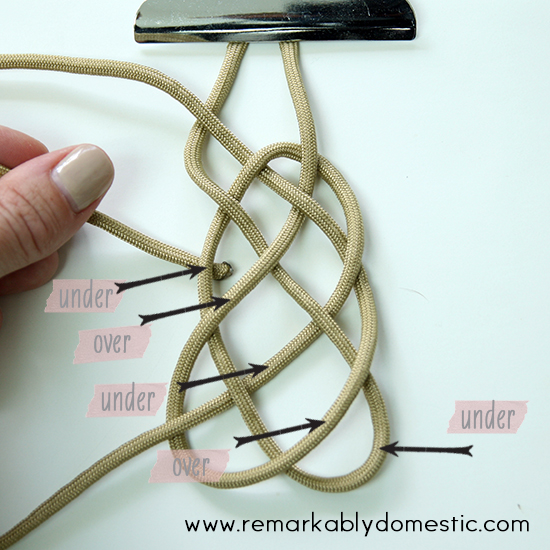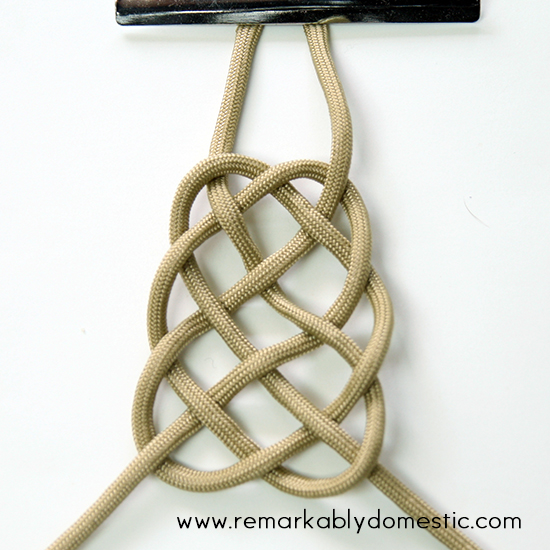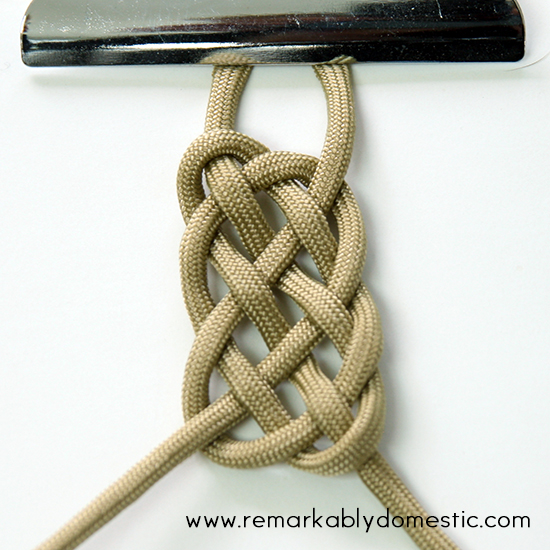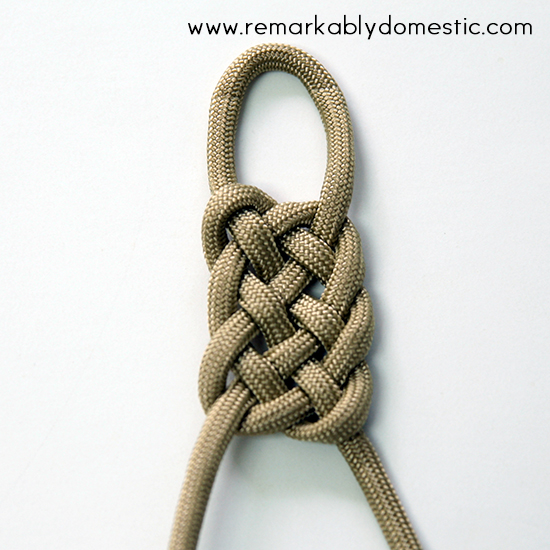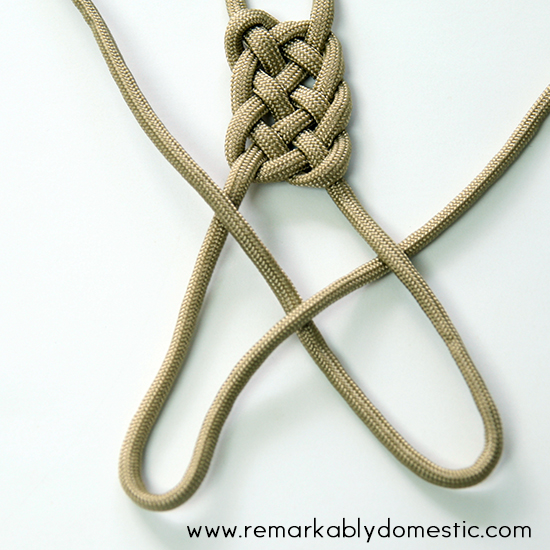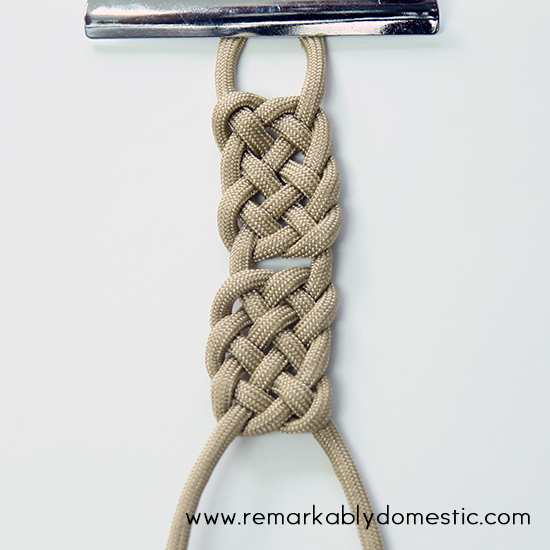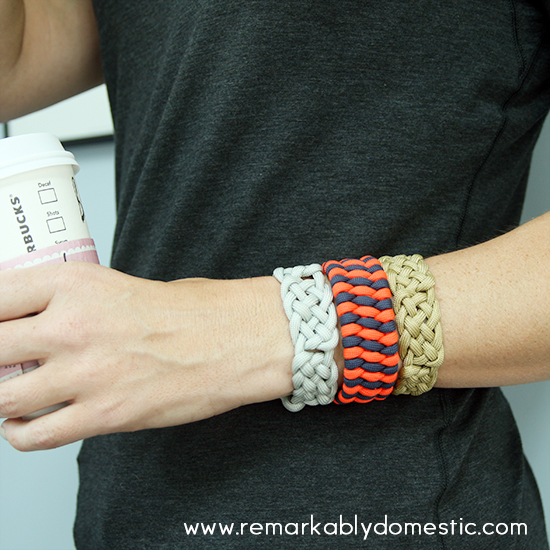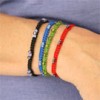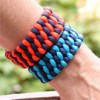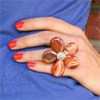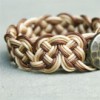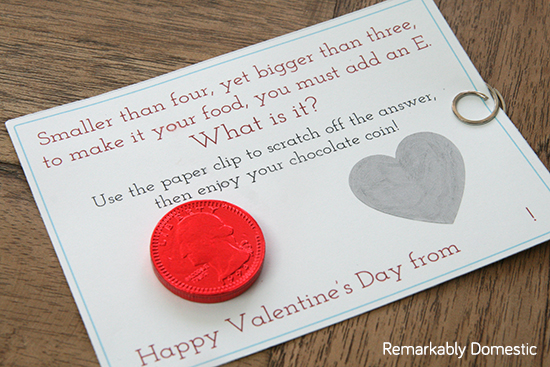 I find it pretty hard to come up with ideas for a fifth grade boy for Valentines. You don’t want it to be too cheesy and young, or too twee, but you still want it to be something clever and memorable. What to do?
I find it pretty hard to come up with ideas for a fifth grade boy for Valentines. You don’t want it to be too cheesy and young, or too twee, but you still want it to be something clever and memorable. What to do?
We went though some ideas this year and finally landed on the scratch off riddle as our winner. I saw a lot of tutorials on Pinterest, but either I’m not doing it right or these tutorials are less-than-honest about their efficacy. Can you imagine? A DIY that doesn’t quite work right on Pinterest?
We found a clever little riddle online that has a short answer that fits easily under a scratch off area. Have you figured it out yet?
“Smaller than four, yet bigger than three, to make it your food, you must add an ‘E.’”
It’s Pi, silly!
If you like these, I’m putting the PDF up here so you can use them for you own Valentines. I thought it was just cute enough and not too dorky.
I have a few pieces of advice for you when making a scratch off card. Many of the instructions you’ll find on Pinterest don’t really give you all the details.
The basic instructions are to mix 2 parts acrylic paint with 1 part dish soap, and then paint that over whatever you want to be revealed when the scratching begins. Some tutorials do recommend either laminating the surface or putting down some clear contact paper, and this step really is a MUST. Here’s how I did it.
I cut a piece of clear Contact paper to about 8″ x 11″ size. I taped it down to a surface so it wouldn’t curl, and then I painted the whole thing with the paint/dish soap mixture. I let it dry, and then I painted it again. And then I let it dry, and I painted it again. Most instructions will tell you you’ll probably need 2 coats; I found that you really need 3 or ideally, 4. I suppose it depends on the opacity of your paint, but I used both silver and red and with the dish soap mixed in, 4 coats was really necessary to cover the image.
After painting and drying several coats, my sheet was ready. Luckily, I have a Silhouette, so I simply created a page full of heart shapes and sent my paper through the Silhouette, painted side down. If you don’t have a cutting machine, you can cut the shapes by hand. If you have a lot of Valentines to make, I’d recommend simply using a square or a rectangle and cutting with a paper cutter.
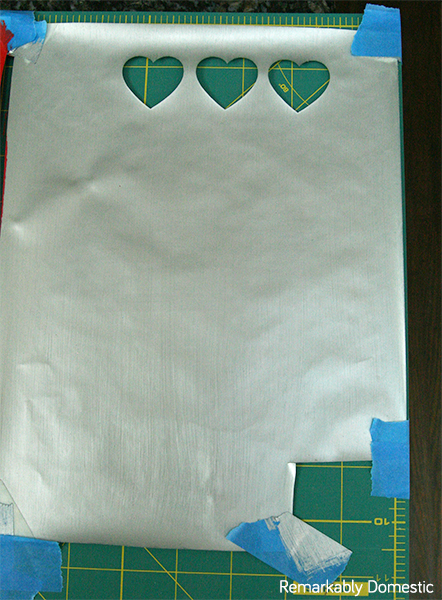 Here you can see my painted piece of Contact paper, with a few test cuts I made with the Silhouette.
Here you can see my painted piece of Contact paper, with a few test cuts I made with the Silhouette.
Once you’ve printed out and trimmed your Valentines, simply peel and stick the pieces of painted Contact paper over the answer to the riddle. I then added a chocolate coin as a treat to the front.
Now, the reason I chose the chocolate coin was because some Pinterest tutorial said you could scratch off with this chocolate coin. Wouldn’t that be sweet? Yeah, doesn’t work. This formula for making scratchable areas is sufficient, but you have to scratch pretty hard to get the paint off. A piece of chocolate is neither hard enough nor sharp enough to get the job done. That’s why I ended up adding a paper clip to the Valentine for scratching purposes. I tried several varieties, because I wanted it to be a cute paper clip, but only the metal ones worked, and even then you still have to scratch pretty hard.
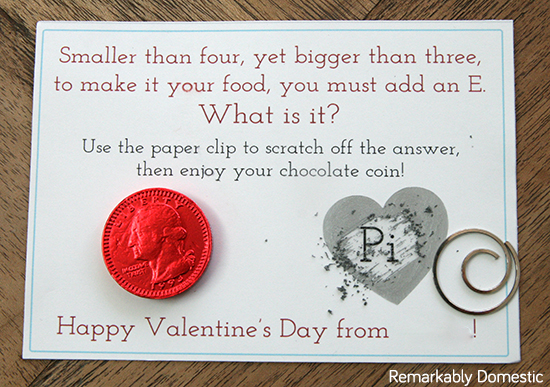 So that’s it! It was pretty simple to create, and if you can get past the fact that this scratching mechanism isn’t perfect, I think it makes for a cute Valentine.
So that’s it! It was pretty simple to create, and if you can get past the fact that this scratching mechanism isn’t perfect, I think it makes for a cute Valentine.
Happy Valentine’s Day, everyone!





